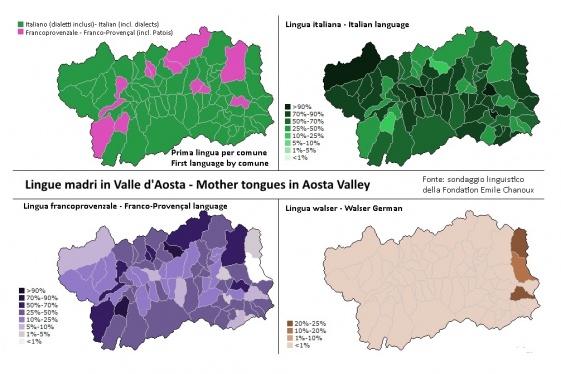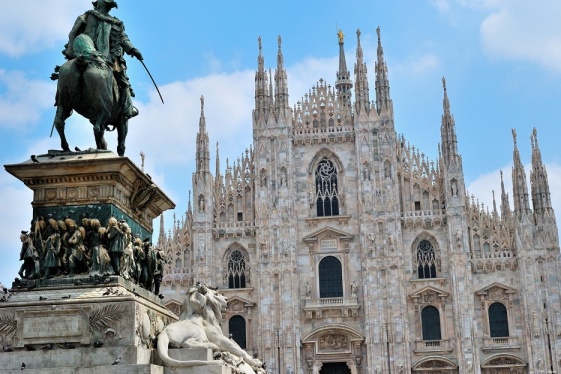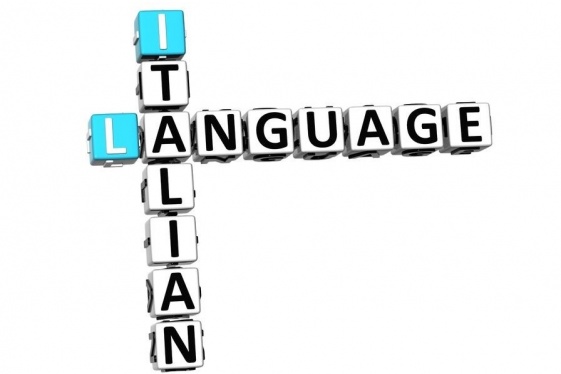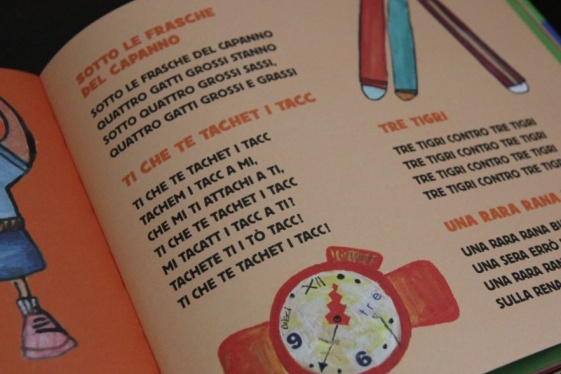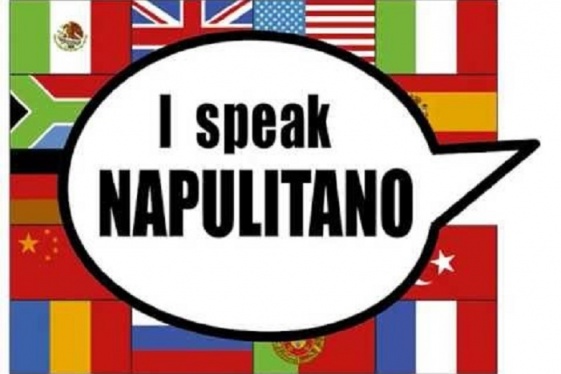
Giulia Casati
Giulia was born and raised in the North of Italy near Lake Como. After high school, she moved to the United States where she was an au pair and studied Liberal Arts at Essex County College. Then, she returned to Italy and continued her studies in Translation at the Civica Scuola Altiero Spinelli for translators and interpreters in Milan. She’s a language enthusiast, English and Italian in particular, she loves cooking, reading and growing plants.
Italian language: Let's talk about you and I
Today, my dear friends, we are going to talk about you and I. What do I mean? Well, we are going to talk about subject pronouns. These teeny tiny words are used to express who is doing the action, and they are called subject pronoun because they actually are the subject of the sentence. They are used instead or names like Marco, Lucia and Cecilia,...
Italian language: Wait, is it French? Not quite
What am I saying? Isn’t this column supposed to be about Italian? Well, yes, but it’s also about Italy’s famous dialects, and today we are going to learn about one that maybe is not so famous: the “language” that is spoken in the region Valle d’Aosta, at the very north-west of Italy. What is it? Well, it’s kind of a complicated answer so let’s take...
Italian Language: Cheers
Do you remember a few months ago when we talked about all the Italian expressions and sayings connected to food? Well, of course we said that food is a main component of Italian culture and tradition, so, why wouldn’t it be part of its language too? Well, there is another feature that is sometimes forgotten, but very important as well: vino! Oh, It...
Italian Language: A “good idea.” Follow your instinct
Today we are going to talk about adjectives, all those words we use to describe an object or a person. In English it’s relatively a simple matter: the adjective (quality) always goes before the noun (object or person). For instance, the brown table will never be the table brown, or the old man won’t become the man old. Easy peasy.
Italian Language: Milan l'è on grand Milan
Let’s jump to the north of Italy; let’s go to Milan! Milan l’è on gran Milan, a Milanese would say. Let’s debunk the idea that in the north people don’t speak dialects anymore, even in the city of Milan the dialect struggles but still survives. The Milanese language is a variation of the Longobard language, language that has been recognized by the...
Italian Language: Occhio to the eye!
We previously said that Italians really like to use food in their expressions, but what about body parts? For instance, the eyes are a big hit when trying to create metaphors or different expressions as well. You can easily hear conversations like “Luca is the light of my eyes!” “Oh Chiara, occhio! As soon as he gave you sweet eyes, you were lost,”...
Italian Language: A Matter of Stress
As if Italian wasn’t hard enough with all its spelling rules and doubles, there are some additional little tidbits that complicate the issue. This is the case of the accento, the accent, or maybe a better word for it is “the stress” of the word. First of all, we must say that all words in Italian have an accent. Now, the Italian readers would say:...
Italian Language: The Roman Way
Let’s continue on our journey around Italy and its beautiful dialects. We are now landing in the Italian capital: Rome or as you’d say in Italian, Roma. Roma’s dialect is very interesting because it’s more than a dialect, it’s considered more a way of speaking than a dialect due its similarities in grammar and form to standard Italian. In a way, Ro...
Italian Language: Italian life in Technicolor!
Italian life can be very vivid and colorful, especially now that summer is around the corner. The sun, the sea, the mountains…everything seems to be bright and full of life! Yes, but did you know that even the language has “colors”? Italian uses colors for so many everyday idiomatic expressions! Let’s take a look at a few of them together.
Italian language: Orrore Orrore
Italian. What a melodic language, full of musicality and love. Yeah, right. Then, let’s talk about the so-called “scioglilingua,” the incredibly infamous tongue twisters. Yes, because tongue twisters in Italian are not simply hard sentences to say, but many of them are seriously targeted to the weakest point of the language, and many people’s pronu...
Italian language: Help, Seeing Double(s)!
We talked about the Italian alphabet before, how it has only 21 letters and impossible vowels, and we started to look at some of the spelling rules. However, we didn’t look at one of the most feared feature, especially for its pronunciation: the doubles!
Italian language: Sient’a mme nun ce stà niente ‘a fà. O kay, napulitan
Let’s get back to our journey all around Italy discovering the many different dialects that this country has to offer. This month is the time to stop in Campania and Napoli, the birthplace of pizza and, of course, Neapolitan. First of all, let’s take a step back, because in order for us to understand what Neapolitan is and where it comes from we ne...




